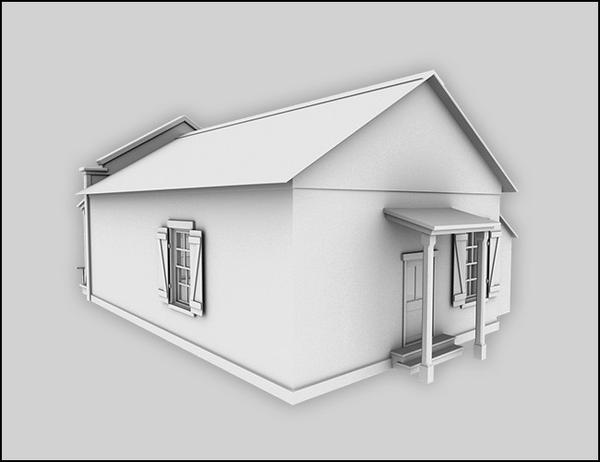How do I create such "white" render scenes?
 Fetito
Posts: 481
Fetito
Posts: 481
Hello!
How do I create such "white" render scenes? I attach an example screenshot.


24e.jpg
650 x 500 - 36K


Comments
That look depends much on the surfaces, but also lightning.
First the surfaces: remove all textures, set diffuse color to white, maybe not full white (255, 255, 255) but something like 220, 220, 220. Then set glossiness and specular to 0% so that the surfaces become very matte.
For the lightning: Use a soft light with very soft shadows. Maybe a huge UberAreaLight placed on top of the scene, shining downwards.
You have to experiment with the settings, but this should come close as a starting point.
It will also help to set in surfaces the Lighting Model to Matte for all surfaces in the render.
If you happen to have the Sculptural Genesis product, the process gets easier. Select everything in the scene, select all of the surfaces, and click on the Plaster1 shader.
It's just lit with AoA's Adv Ambient. Ignore the dark line in the background, I used a paper roll (lol), which has grey diffuse so the church stands out against it.
*edit
Changed the angle and added a distant light on 50% intensity in the 2nd render.
That is pure ambient occlusion. It is used very often by modelers, because it does not depend on lights at all and is very easy to set up. In DS4 simply use ShaderMixer to connect an ambient occlusion brick to the surface and assign that to all materials.
I took millighost's Ambient Occlusion shader one step farther...add a binary operation brick set to multiply and an image map brick...plug the image map into value1 and the AO brick into value2 on the multipy...then plug the output of it into the Color slot of the Surface brick.
Then you can plug an image of your UV map into it and 'fake' a 'wireframe' render...
The second image is a straight render with millighost's shader recipe.